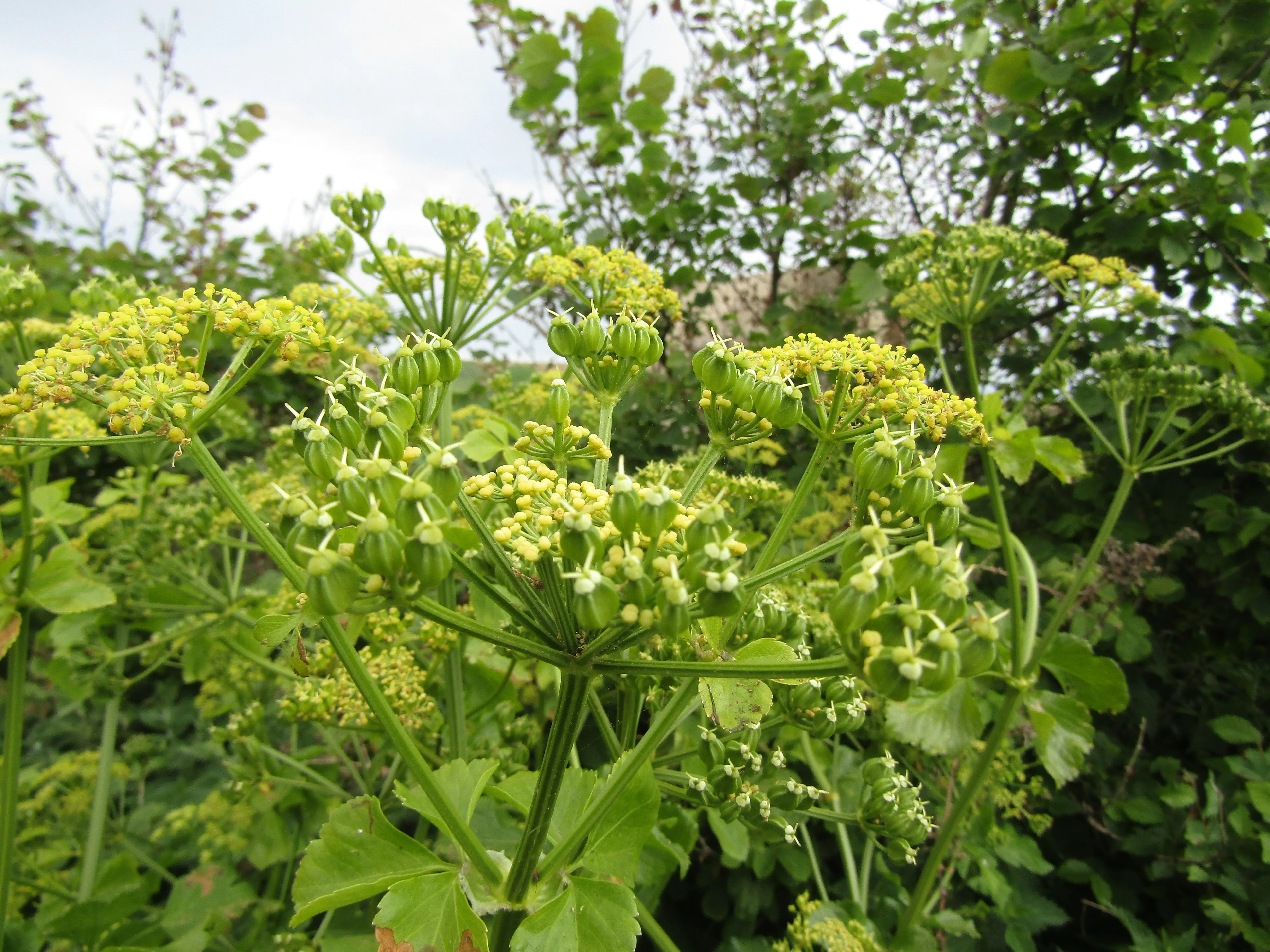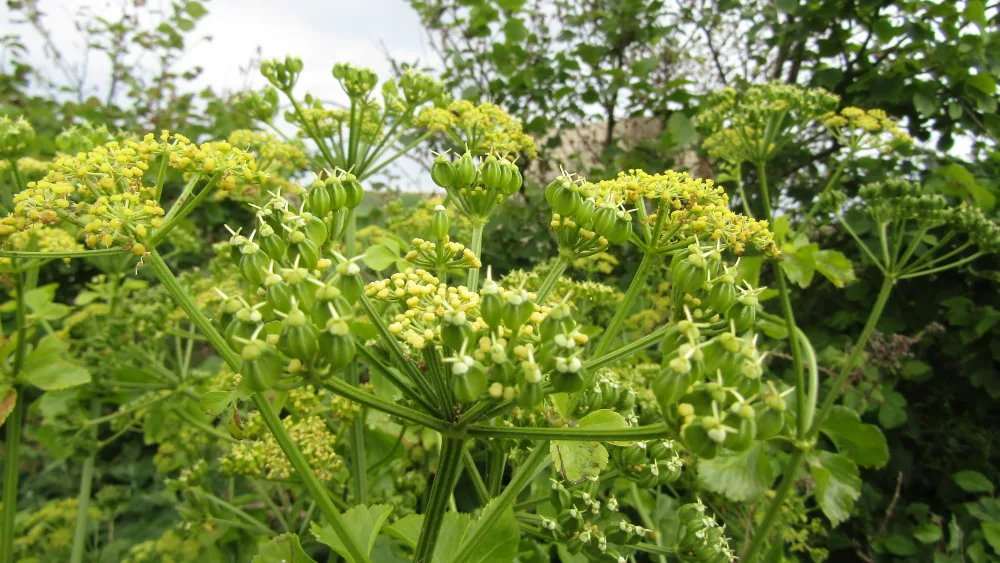
With summer recreation activities underway, Franklin County Conservation encourages residents to be aware of wild parsnip.
Park Ranger/Naturalist Thomas Rice says the plant can cause skin irritation, and possibly damage.
“Wild parsnip has a substance in the sap that easily reacts with our skin,” Rice says. “This reaction occurs when plant juice gets on the skin and then the skin is exposed to sunlight. The results are skin redding, rash development, and in severe cases, blisters, skin discoloration, and burning or scolding type pain. Wild parsnip burns often occur in elongated spots or streaks. Dark red or brownish skin discoloration develops where the burn or blisters first appear and can last for several months, possibly up to two years.”
Rice says wild parsnip typically appears on roadsides and open areas. He shares how to identify the plant and tips to treat exposure.
“The stem is hollow and grooved, two to five feet in height. The flowers are small, predominantly yellow, occasionally maybe white, and five-petaled, arranged in an umbrella-type shape. They closely resemble the size and shape of another commonly known plant, known as Queen Anne’s Lace. The parsnip can also be confused with its smaller friend, known as Golden Alexander, which is actually a native prairie plant. The primary flowering period for wild parsnip in Iowa is from May through July, so right now we are in the peak time of its flowering period. Be careful when in contact with this plant and try to avoid it as much as possible. However, if you do come in contact with the sap, wash the infected area right away.”
Click here to learn more from the Iowa DNR on poisonous plants.







